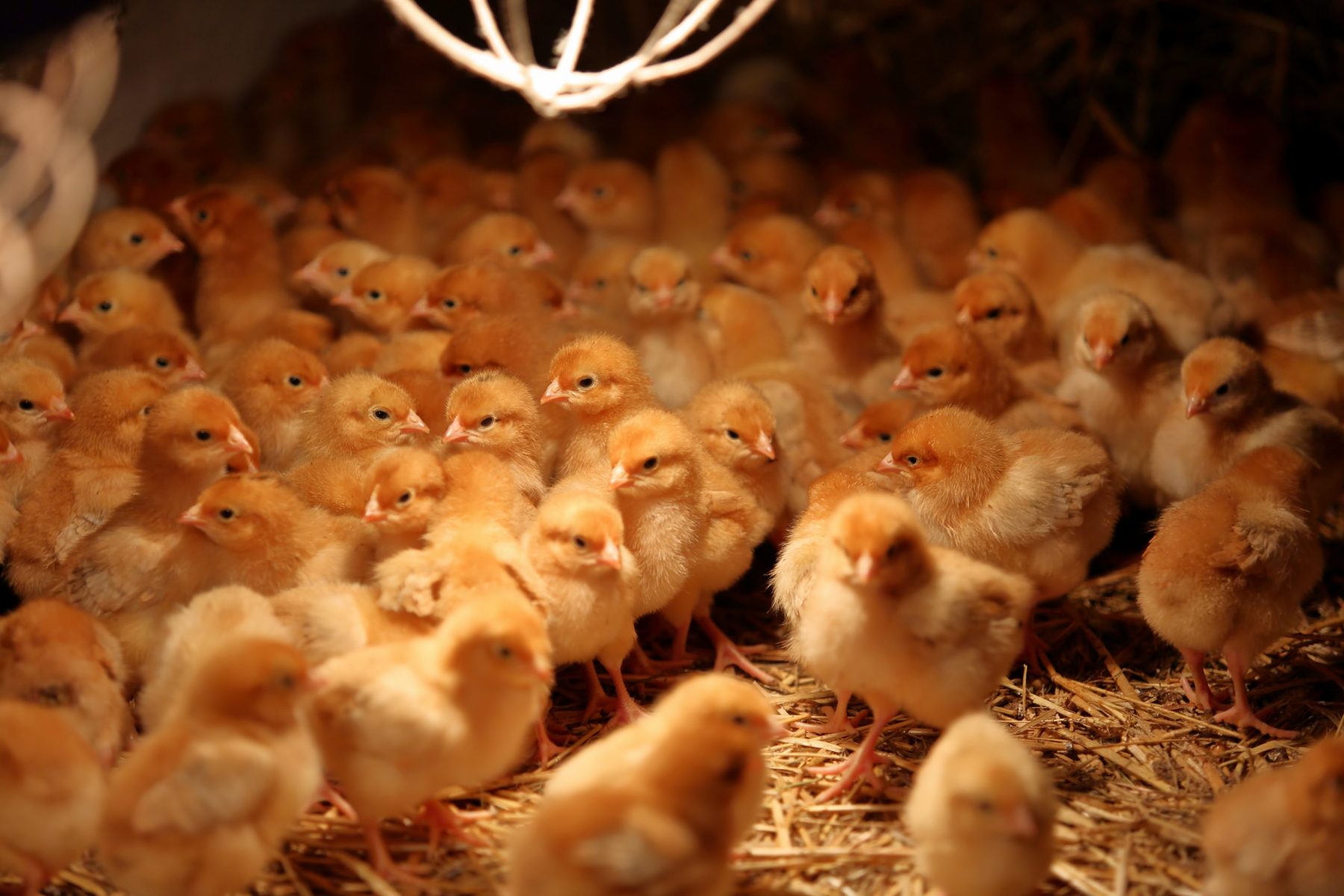

Furniture
How Long Do Meat Birds Need A Heat Lamp
Modified: December 7, 2023
Discover how long meat birds need a heat lamp and learn about the importance of furniture in creating a comfortable environment for them.
(Many of the links in this article redirect to a specific reviewed product. Your purchase of these products through affiliate links helps to generate commission for Storables.com, at no extra cost. Learn more)
Introduction
When raising meat birds, providing the optimal environment for their growth and development is crucial. One key aspect of creating the right conditions for meat birds is ensuring they have access to the appropriate heat levels. Heat lamps play a vital role in maintaining the ideal temperature for these birds, especially during their early stages of life. In this article, we will explore the importance of heat lamps for meat birds, factors that affect the duration of heat lamp usage, the recommended duration for heat lamp usage, signs that indicate meat birds no longer need a heat lamp, and the risks of extending or removing the heat lamp too soon.
The first few weeks of a meat bird’s life are critical in establishing their overall health and growth potential. During this period, they need an adequate heat source to maintain their body temperature as they are unable to regulate it effectively on their own. Heat lamps provide a consistent and adjustable heat source that mimics the warmth of a mother hen. This helps prevent them from experiencing cold stress, which could lead to decreased growth, weakened immune systems, and other health issues.
Meat bird species such as broilers or Cornish Cross chicks are particularly sensitive to temperature fluctuations. They require a warm environment with temperatures ranging between 90°F and 95°F (32°C to 35°C) during their first week. The temperature can then gradually be reduced by 5°F to 10°F (2°C to 6°C) each week until they reach feathering age, usually around four or five weeks. By providing a heat lamp, you can easily control the temperature and ensure that the chicks are comfortable and able to thrive in their early stages of life.
However, the duration for which you need to use a heat lamp may vary depending on several factors, including the breed of meat bird, the ambient temperature, and the specific conditions of your environment. It’s important to closely monitor the development of your meat birds and make adjustments to the heat lamp usage accordingly.
Key Takeaways:
- Providing the right heat lamp duration for meat birds is crucial for their growth and well-being. Factors like breed, ambient temperature, and behavior should be closely monitored to determine when to remove the heat lamp.
- Gradually transitioning meat birds away from the heat lamp is essential to prevent cold stress, delayed growth, and other health risks. Monitoring feather development, behavior, and temperature tolerance helps ensure a smooth and healthy transition.
Read more: How Long Do Quail Need A Heat Lamp
The Importance of Heat Lamps for Meat Birds
Heat lamps are an essential component of raising healthy and thriving meat birds. They provide the necessary warmth for the chicks during their early stages of life when they are most vulnerable to temperature changes. Here are some key reasons why heat lamps are crucial for meat birds:
- Regulating Body Temperature: Meat birds, especially young chicks, rely on external sources of heat to maintain their body temperature. Heat lamps create a warm microclimate within the brooder, allowing the chicks to comfortably regulate their body heat. This helps them conserve their energy for growth and development instead of expending it on staying warm.
- Promoting Healthy Growth: Adequate warmth is vital for the growth and development of meat birds. It helps stimulate their metabolism and digestive system, leading to efficient food utilization and optimal weight gain. Heat lamps provide a consistent and controlled heat source that encourages proper growth and contributes to the overall well-being of the birds.
- Preventing Cold Stress: Exposure to low temperatures can cause cold stress in meat birds, leading to a weakened immune system and increased susceptibility to diseases. Heat lamps create a warm and comfortable environment, preventing cold stress and reducing the risk of health complications.
- Encouraging Feeding and Drinking: Heat lamps create a cozy atmosphere that promotes the chicks’ appetite and encourages them to eat and drink. Adequate nutrition is crucial for the growth and development of meat birds, and the warm environment created by heat lamps helps stimulate their appetite and ensure they receive the necessary nutrients.
- Enhancing Feather Development: Heat lamps facilitate proper feather development in meat birds. Feathers play a crucial role in regulating body temperature, and a warm environment encourages the growth of healthy feathers. This, in turn, helps the birds adjust to ambient temperatures more effectively and reduces their dependency on external heat sources.
By providing heat lamps, you create a nurturing and optimal environment for meat birds to thrive. They not only ensure the birds stay warm but also contribute to their overall health, growth, and well-being. It’s important to carefully monitor the temperature within the brooder and make adjustments to the heat lamp as the birds mature and their temperature requirements change.
Factors Affecting the Duration of Heat Lamp Usage
While heat lamps are essential for meat birds during their early stages, the duration of their usage can vary depending on several factors. It’s important to consider these factors to ensure the birds receive the necessary warmth without keeping them dependent on the heat lamp for longer than necessary. Here are some key factors that can affect the duration of heat lamp usage for meat birds:
- Breed of Meat Birds: Different meat bird breeds have varying temperature requirements and growth rates. Some breeds may develop feathers and adjust to colder temperatures at a faster rate, allowing for a shorter duration of heat lamp usage. Conversely, slower-growing breeds may require a more extended period of heat lamp usage.
- Ambient Temperature: The ambient temperature in the brooder or farming environment plays a significant role in determining the duration of heat lamp usage. If the surroundings are relatively warm, meat birds may require less heat from the lamp and mature faster. On the other hand, colder environments may necessitate a more extended period of heat lamp usage to ensure the chicks’ comfort and growth.
- Seasonal Variations: Seasonal changes can impact the temperature requirements of meat birds. During colder seasons, such as winter, the heat lamp may need to be used for an extended period. However, during warmer seasons, the duration of heat lamp usage can be shortened as the ambient temperature naturally provides sufficient warmth.
- Brooder Size and Ventilation: The size of the brooder and its ventilation capabilities can affect the efficiency of the heat lamp. A smaller brooder with limited ventilation may retain heat better, allowing for a shorter duration of heat lamp usage. Conversely, a larger brooder with better ventilation may require a more extended period of heat lamp usage to maintain the desired temperature.
- Chick Behavior and Feathers: Observing the behavior and feather development of the meat birds can also guide the duration of heat lamp usage. As the chicks grow, begin to explore their environment, and develop feathers, it indicates their increasing ability to regulate their body temperature. Monitoring their behavior and feathering progress can help determine when they no longer rely on the heat lamp for warmth.
It’s important to closely monitor the above factors and make adjustments to the heat lamps accordingly. Regularly assess the chicks’ comfort levels, behavior, and feathering progress to determine when they are ready to transition to a cooler environment without the reliance on a heat lamp.
Recommended Duration for Heat Lamp Usage for Meat Birds
The recommended duration for using a heat lamp for meat birds is typically around 4 to 5 weeks, with gradual adjustments in temperature as they mature. However, it’s essential to consider the specific needs of your meat bird breed and environmental conditions. Here are some guidelines to help determine the recommended duration for heat lamp usage:
- First Week: During the first week of the meat birds’ lives, provide a consistent heat source with temperatures between 90°F and 95°F (32°C to 35°C). This initial warmth is crucial for their survival, as they are still developing their ability to regulate body temperature. Ensure that the temperature is evenly distributed throughout the brooder.
- Subsequent Weeks: As the meat birds grow, adjust the temperature of the brooder gradually. Reduce the temperature by 5°F to 10°F (2°C to 6°C) each week until they reach feathering age, which is typically around 4 to 5 weeks. Feathering age is a significant milestone as it signifies that the birds are developing the insulation necessary to regulate their body temperature more effectively.
- Observation and Behavior: Pay close attention to the behavior and physical development of the meat birds. If they are active, exploring, and show signs of healthy feathering, it is an indication that they are adjusting well to the ambient temperature. Conversely, if they huddle together and show signs of discomfort, it may be necessary to prolong the usage of the heat lamp for a little longer.
- Ambient Temperature: Consider the ambient temperature in the brooder or farming environment. If the temperature is consistently warm and the birds are acclimating well, you can begin to decrease the usage of the heat lamp earlier. However, if the environment is cooler or experiences fluctuations in temperature, it may be necessary to extend the duration of heat lamp usage to ensure the birds’ comfort and optimal growth.
- Consulting Expertise: If you’re uncertain about the recommended duration of heat lamp usage for your specific meat bird breed, consult with experienced poultry professionals or veterinarians. They can provide guidance based on their expertise and knowledge of the breed, environmental conditions, and other relevant factors.
Remember that the recommended duration for heat lamp usage is a general guideline. Every flock and situation can vary, so it is crucial to closely observe the behavior and well-being of the meat birds to determine the most appropriate time to remove the heat lamp. Gradually transitioning the birds to lower temperatures is key to ensure their comfort and successful acclimation to the ambient conditions.
Meat birds typically need a heat lamp for the first 2-3 weeks of their life to maintain a temperature of around 95°F. After that, you can gradually reduce the heat by 5°F per week until they are fully feathered.
Signs that Meat Birds No Longer Need a Heat Lamp
As meat birds grow and develop, they gradually become less dependent on the heat lamp for warmth. It’s essential to recognize the signs that indicate when they no longer require the heat lamp, as removing it too soon or too late can affect their well-being. Here are some signs that meat birds no longer need a heat lamp:
- Feather Development: One of the most significant signs that meat birds are ready to transition away from the heat lamp is their feather development. As the birds mature, their feathers will grow and cover their bodies, providing insulation and improved ability to regulate body temperature. When the majority of the birds have well-developed feathers, it indicates that they are capable of maintaining their body temperature without relying on external heat sources.
- Active and Comfortable Behavior: Watch for signs of increased activity and exploration in the meat birds. When they are comfortable and no longer require the heat lamp for warmth, they will display more active behavior. They will roam around the brooder, peck at feed and water, and interact with their surroundings. Conversely, if the birds huddle together or constantly seek warmth near the heat lamp, it suggests that they still rely on it for maintaining their body temperature.
- Even Distribution in the Brooder: When meat birds no longer need the heat lamp, they will disperse throughout the brooder space, rather than clustering around the heat source. This indicates that they have adjusted to the ambient temperature, feel comfortable, and can regulate their body temperature effectively.
- Temperature Tolerance: Observe the behavior of the meat birds in response to changes in temperature. If the ambient temperature drops or rises slightly, and the birds remain active and unaffected, it’s a sign that they can tolerate the temperature variations and do not require the heat lamp for warmth.
- Consulting Expertise: If you’re unsure whether your meat birds still need the heat lamp, seek guidance from poultry experts or veterinarians. They can inspect the birds, assess their feathering, behavior, and overall health, and provide professional advice on when it is appropriate to remove the heat lamp.
It’s important to make the transition away from the heat lamp gradually. Start by reducing the temperature in the brooder and monitor the birds’ response. If they continue to exhibit comfortable behavior and thrive in the adjusted temperature, it may be time to completely remove the heat lamp. Remember to provide adequate ventilation and ensure that the ambient temperature is suitable for the meat birds’ age and requirements.
Read more: How Long Do Pigs Need A Heat Lamp
Risks of Extending or Removing the Heat Lamp Too Soon
While it’s important to transition meat birds away from the heat lamp when they are ready, removing it too soon or extending its usage beyond the appropriate time can pose risks to their health and well-being. Here are some potential risks of extending or removing the heat lamp too soon:
- Cold Stress: Meat birds are highly susceptible to cold stress, especially during their early stages of life. If the heat lamp is removed too soon, the birds may not have developed enough feathers or the ability to regulate their body temperature effectively. This can lead to cold stress, which can impair their growth, weaken their immune system, and increase the risk of respiratory issues and other health problems.
- Delayed Growth: Maintaining the optimal temperature in the brooder is crucial for the growth and development of meat birds. If the heat lamp is removed prematurely, the birds may experience a setback in their growth. This can lead to reduced weight gain, delayed maturity, and lower overall productivity.
- Increased Mortality Rate: Cold stress and improper temperature regulation can increase the mortality rate among meat birds. Without the necessary warmth from the heat lamp, young chicks are more vulnerable to succumbing to cold-related complications, infections, and other health issues.
- Inefficient Feeding and Drinking: If meat birds are exposed to low temperatures due to the absence of a heat lamp, their appetite and hydration levels may be affected. Cold temperatures can reduce their willingness to eat and drink, leading to inadequate nutrition and dehydration. This can further impact their growth and overall health.
- Impaired Feather Development: Removing the heat lamp too soon can hinder proper feather development in meat birds. Feathers serve as insulation and help regulate body temperature. If the birds do not have enough feathers to keep them warm, they may struggle to maintain the necessary body heat, leading to discomfort, reduced activity, and potential health issues.
It’s important to closely monitor the meat birds’ behavior, feather development, and response to temperature changes to determine the right time to remove the heat lamp. Gradually reducing the temperature and observing the birds’ comfort levels is key to minimizing the risks associated with heat lamp removal. Consulting with poultry experts or veterinarians can provide further guidance and ensure the well-being of the meat birds during this critical transition period.
Conclusion
Heat lamps play a crucial role in providing the necessary warmth for meat birds during their early stages of life. They create a controlled and comfortable environment that promotes healthy growth, regulates body temperature, and prevents cold stress. Understanding the importance of heat lamps for meat birds is essential for ensuring their overall well-being and successful development.
Factors such as the breed of meat birds, the ambient temperature, and the specific conditions of the brooder or farming environment can influence the recommended duration of heat lamp usage. It’s important to closely monitor the behavior, feather development, and comfort levels of the meat birds to determine when they no longer require the heat lamp. Removing the heat lamp too soon can lead to cold stress, delayed growth, and other health complications, while extending its usage beyond the appropriate time can hinder their natural development and resilience.
Transitions should be made gradually, reducing the temperature in the brooder and observing the birds’ response. Active behavior, well-developed feathers, and an ability to regulate body temperature indicate that the meat birds are ready to thrive without the heat lamp. Consulting with poultry experts or veterinarians can provide valuable insights and guidance specific to your meat bird breed and environmental conditions.
By recognizing the signs that indicate when meat birds no longer need a heat lamp and adjusting the heating conditions accordingly, you can ensure their optimal growth and well-being. Remember to prioritize their comfort, nutrition, and health throughout each stage of their journey, from the warm and nurturing brooder to their final destination as healthy and robust meat birds.
Frequently Asked Questions about How Long Do Meat Birds Need A Heat Lamp
Was this page helpful?
At Storables.com, we guarantee accurate and reliable information. Our content, validated by Expert Board Contributors, is crafted following stringent Editorial Policies. We're committed to providing you with well-researched, expert-backed insights for all your informational needs.
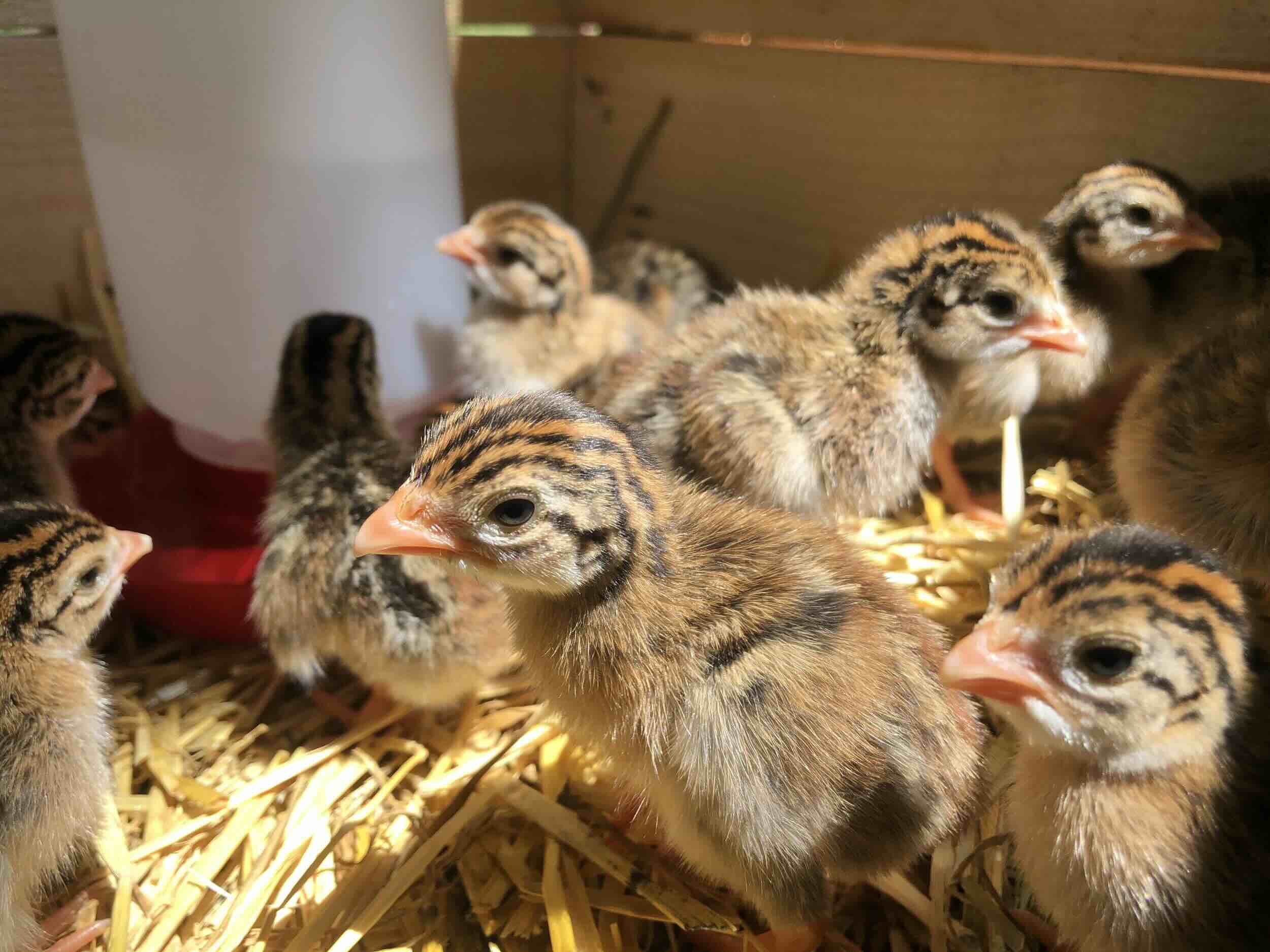
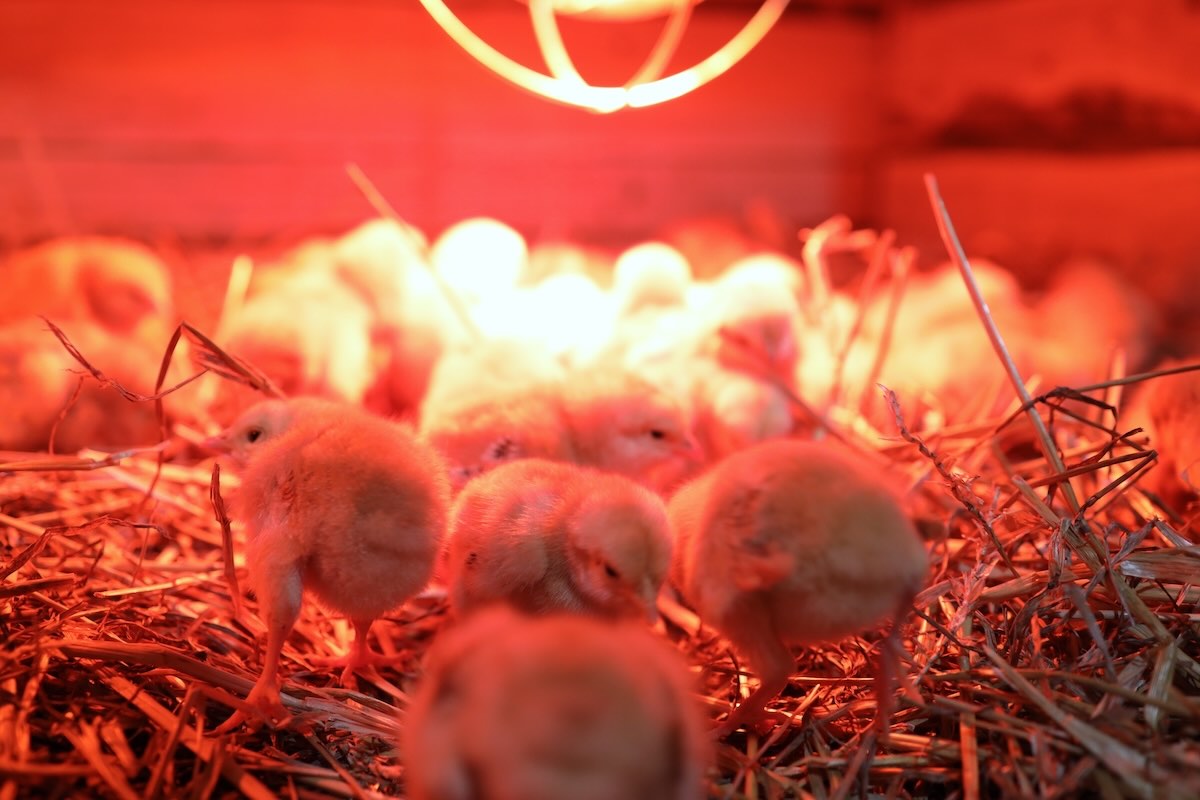
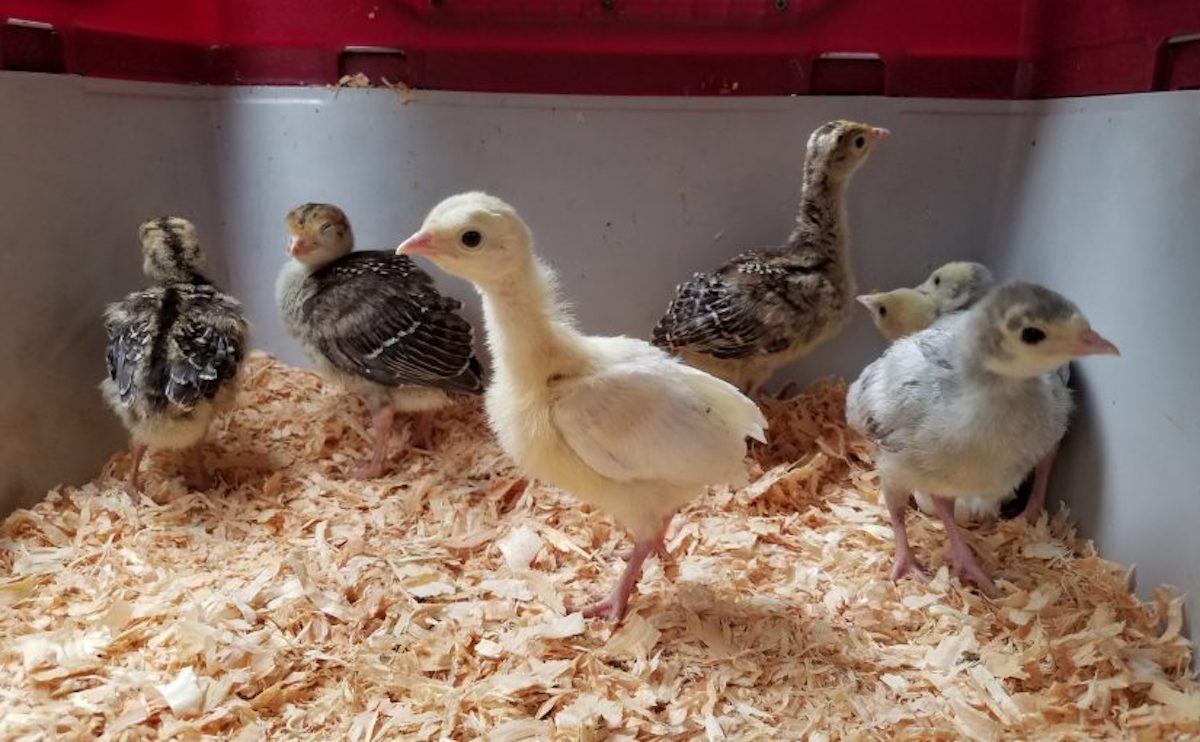
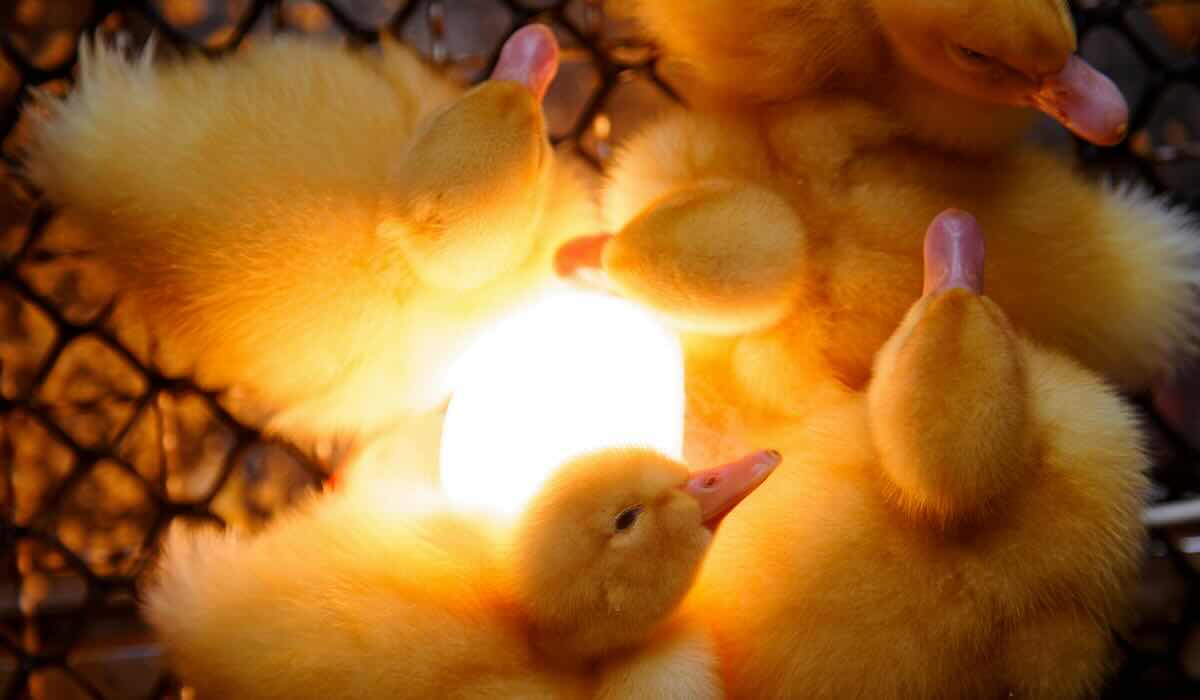
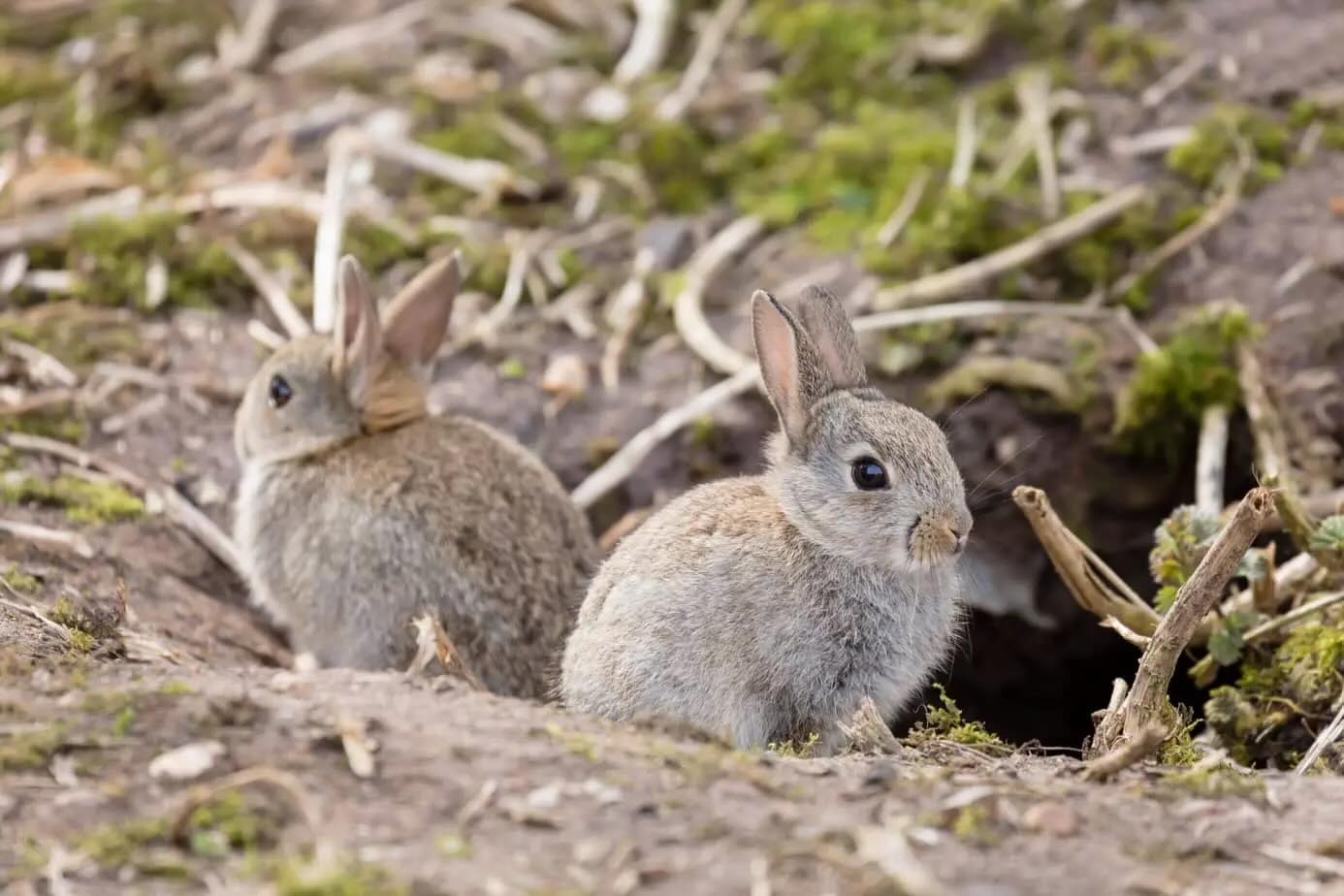
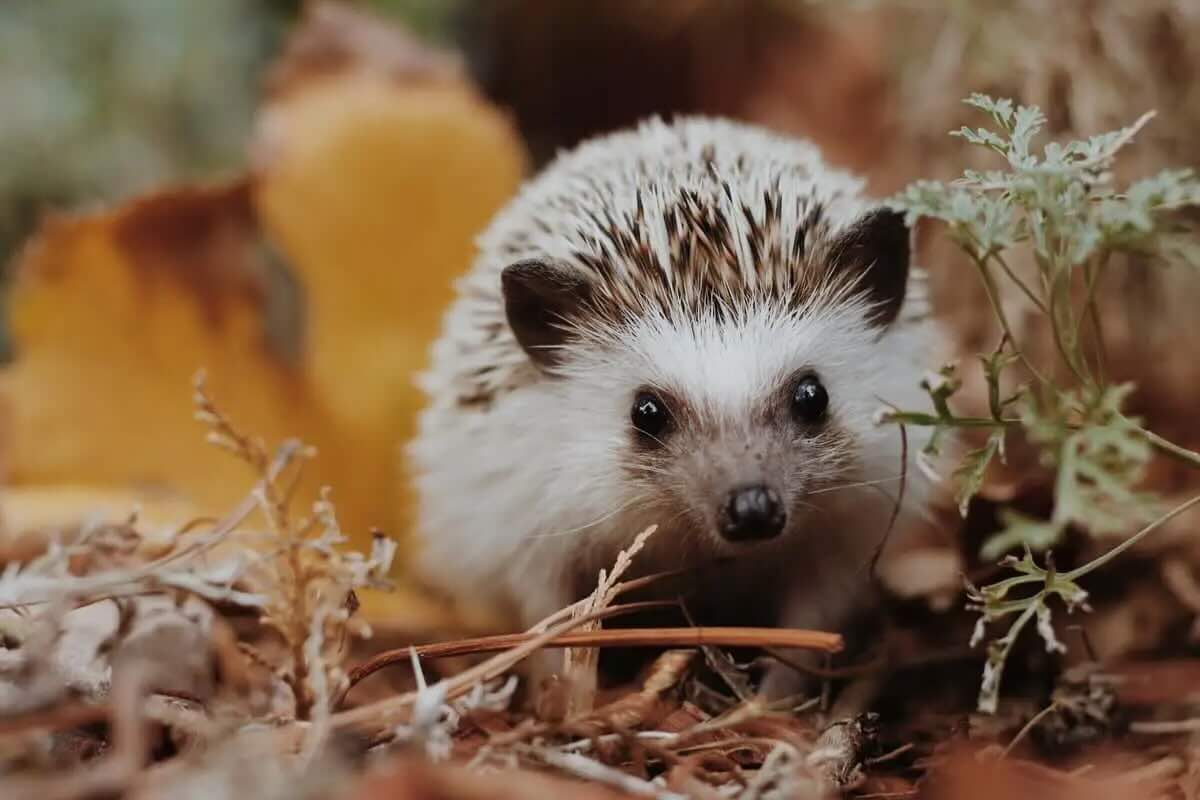
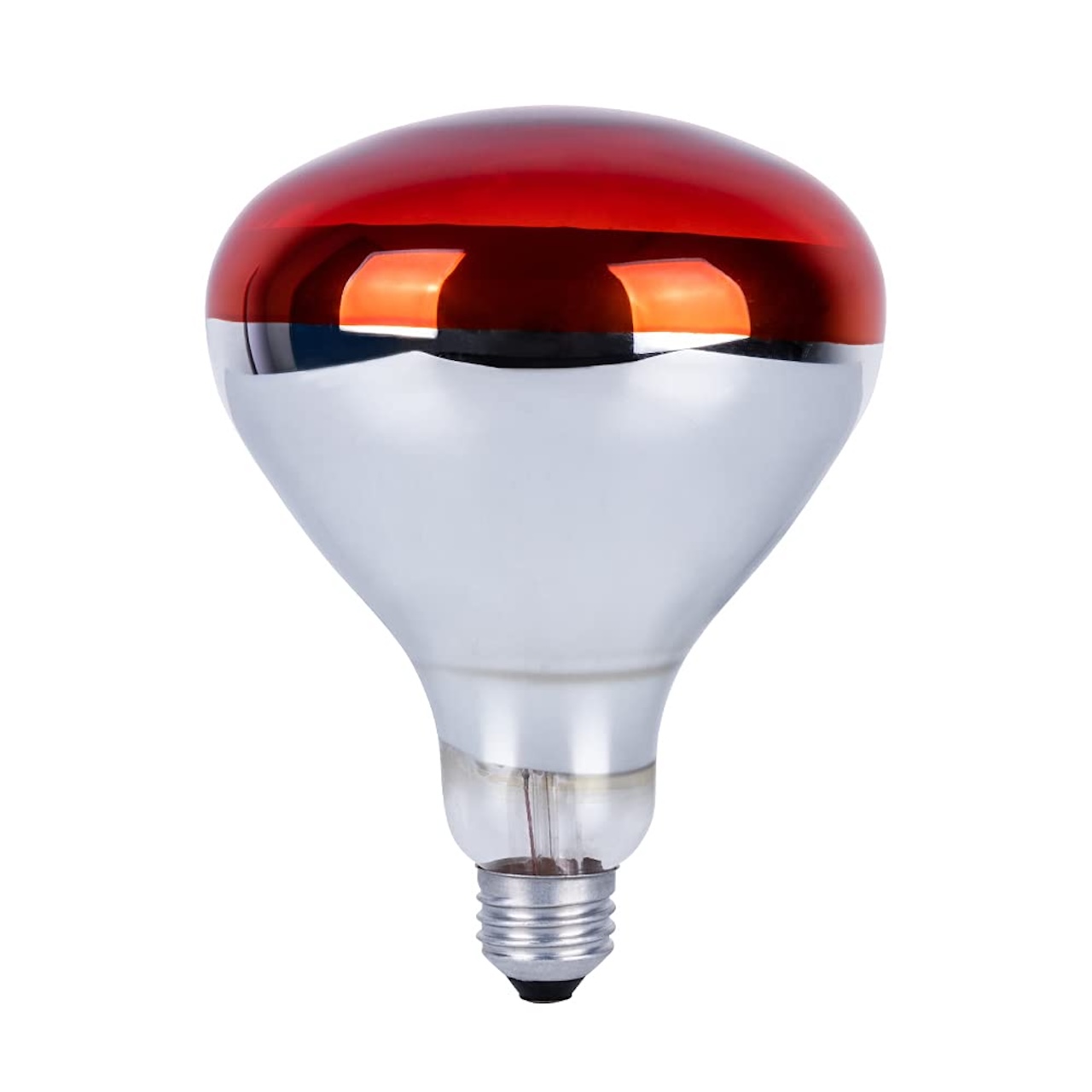
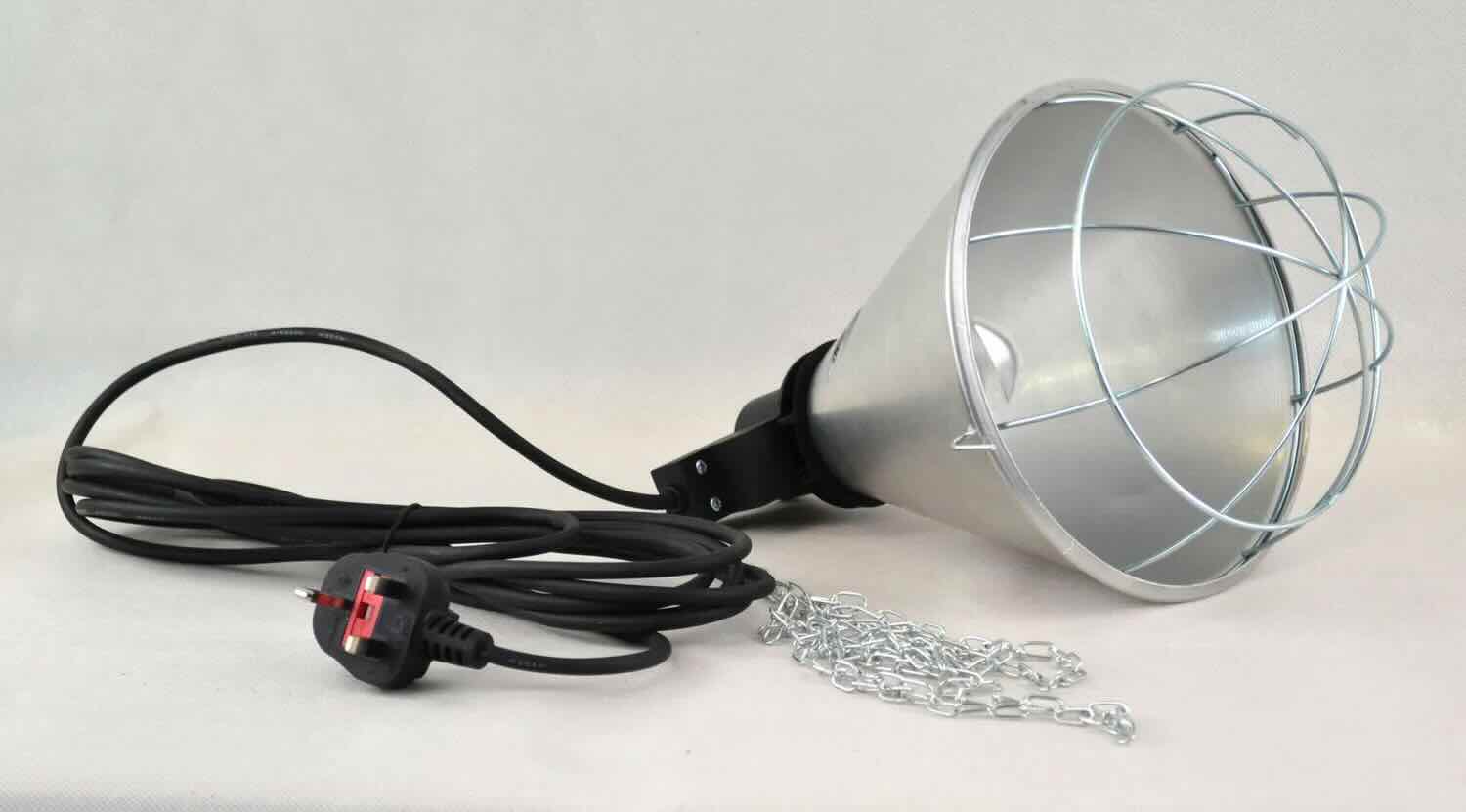
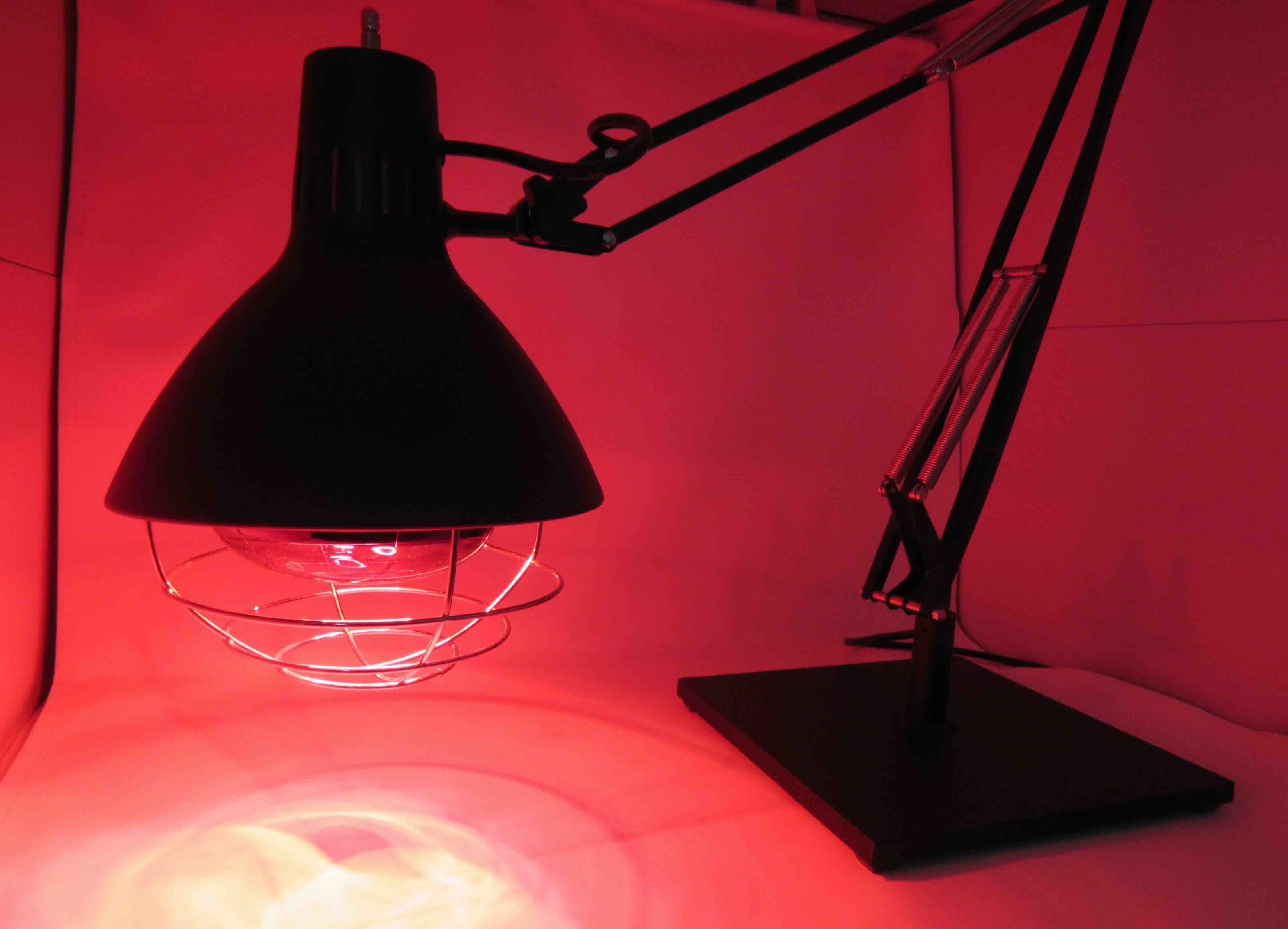
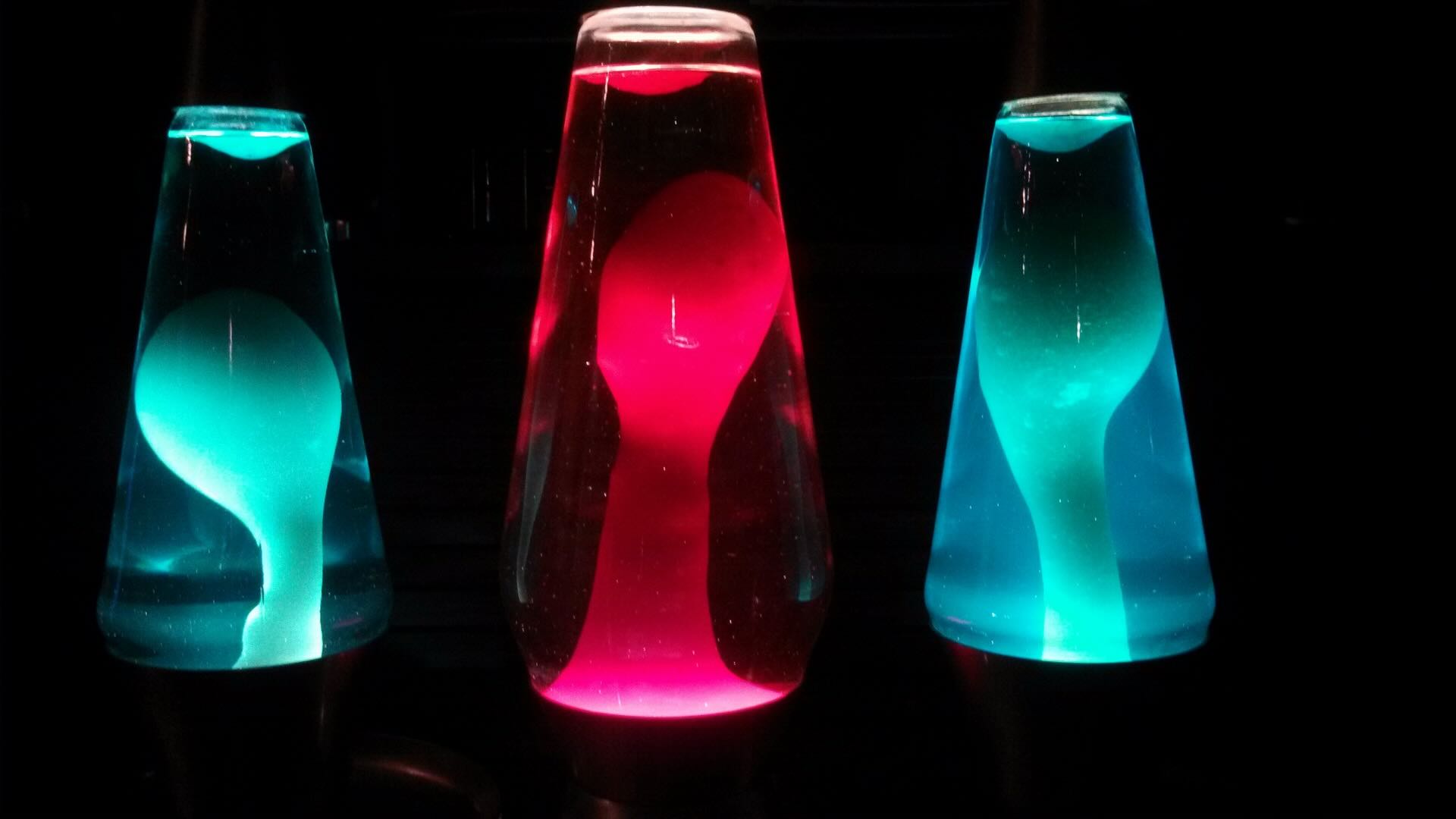
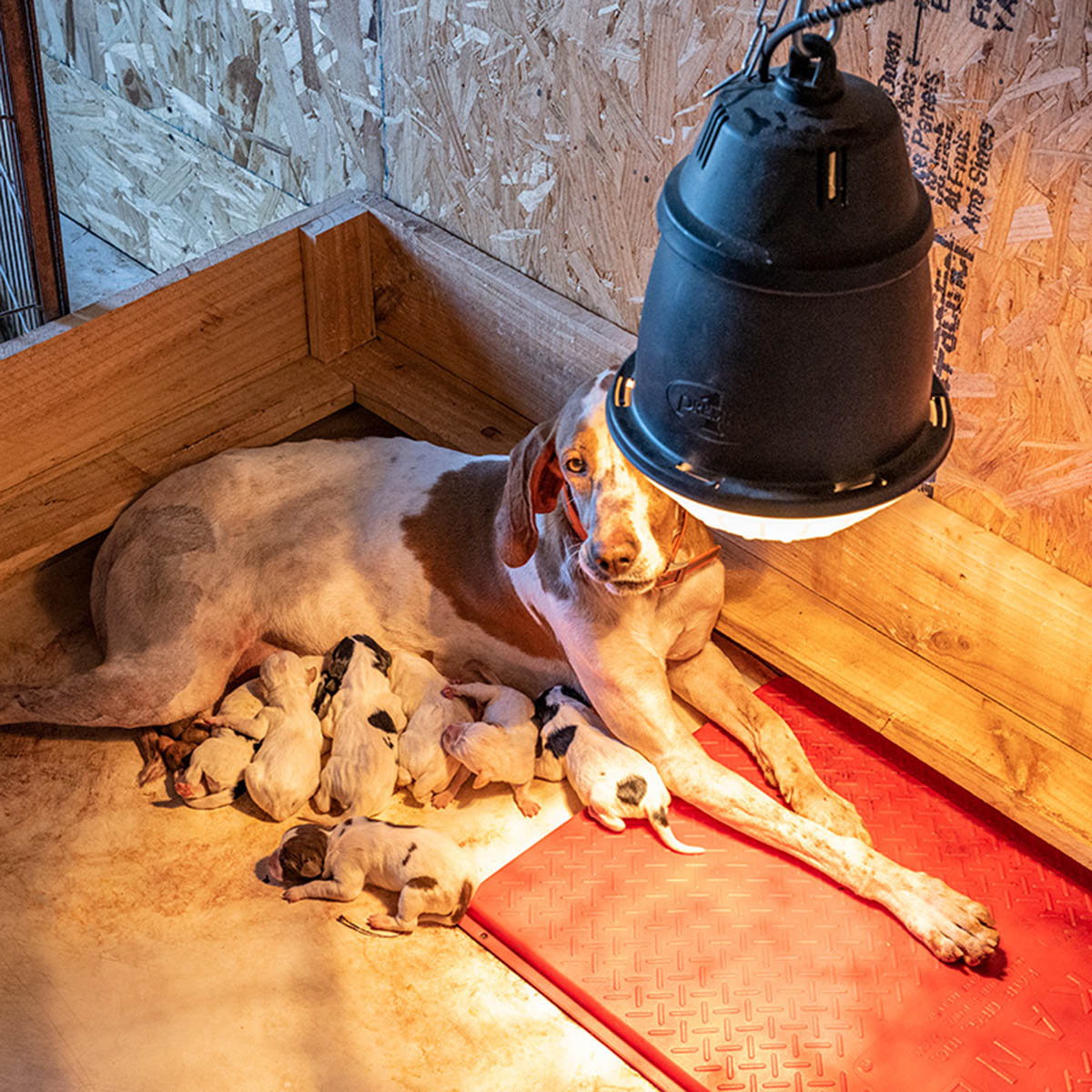
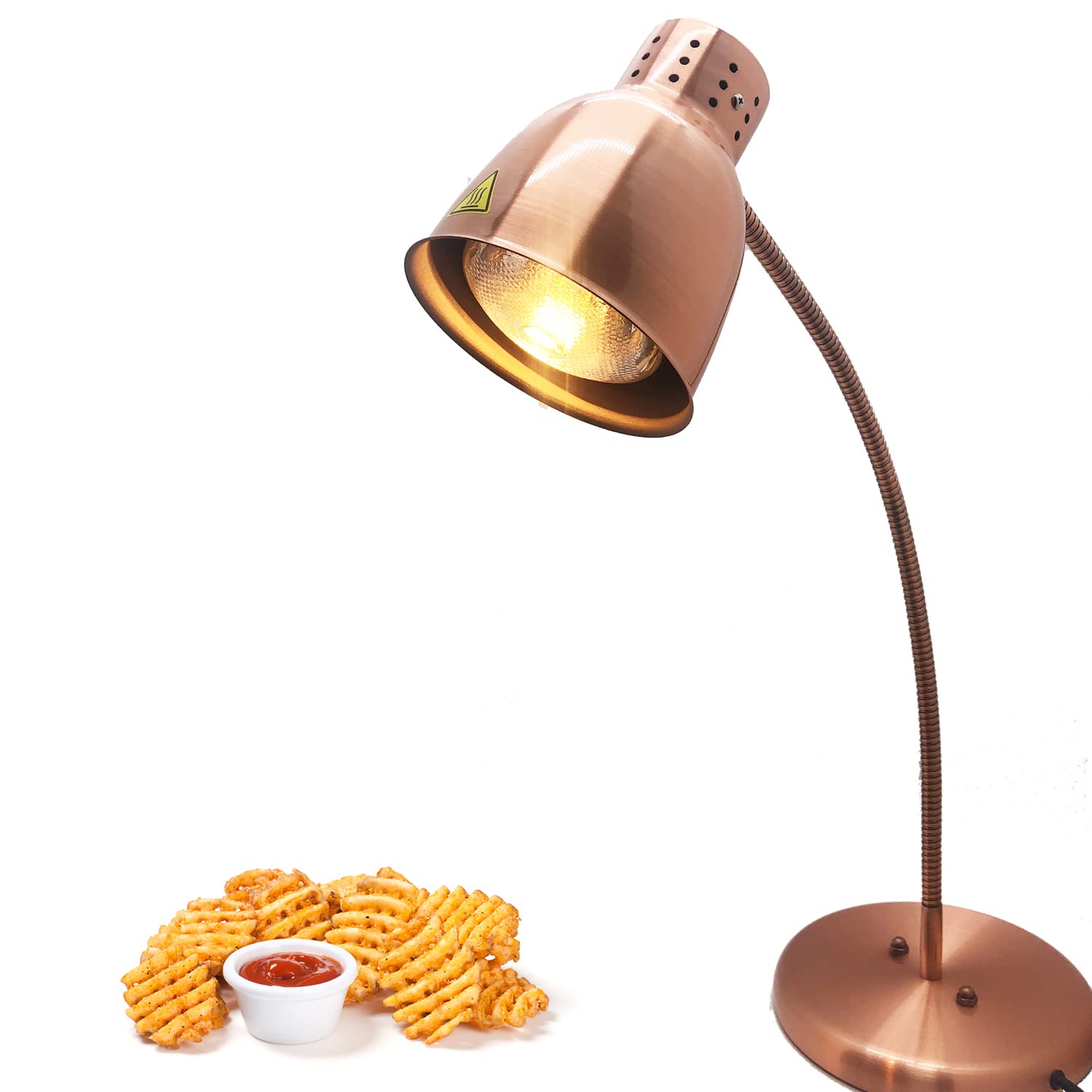
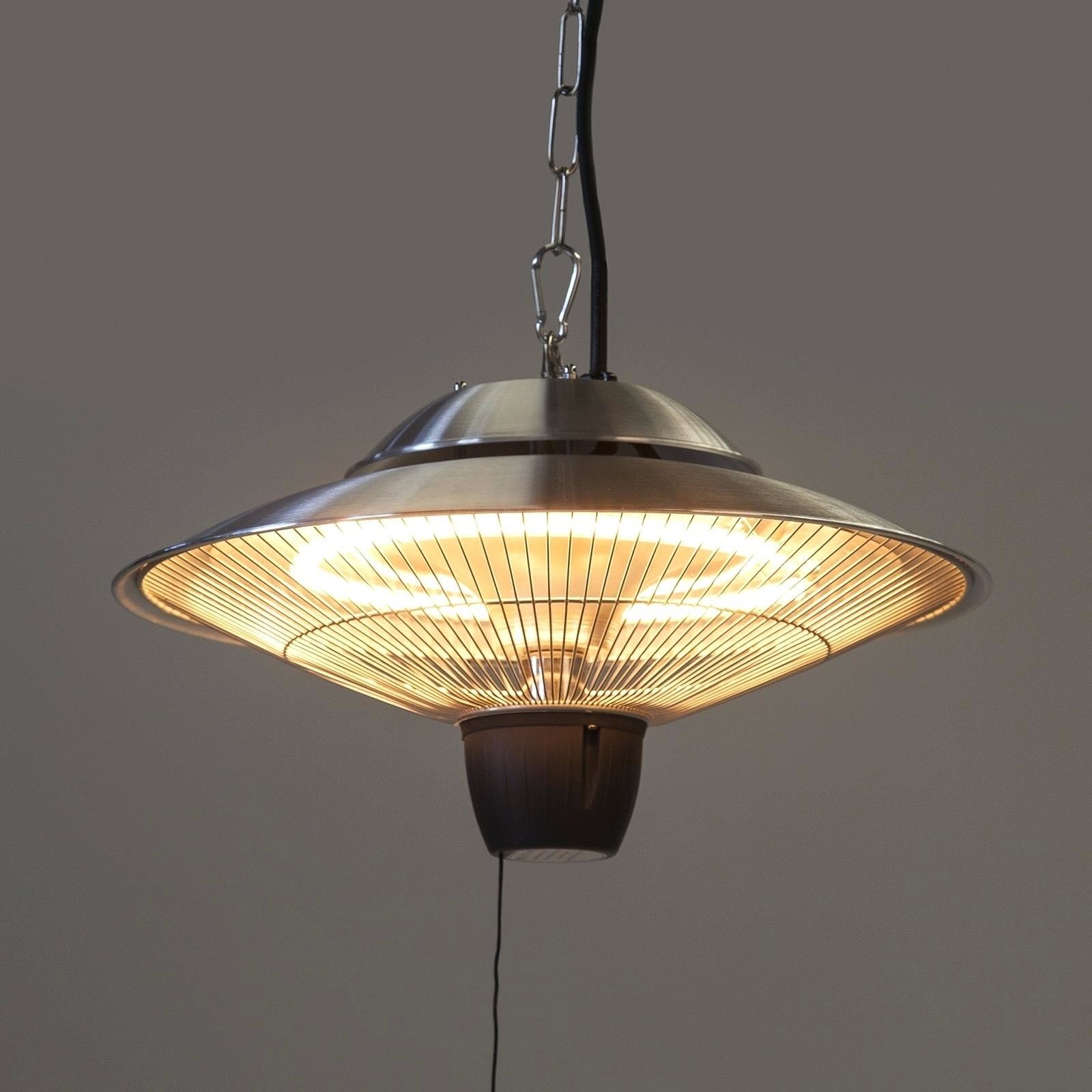
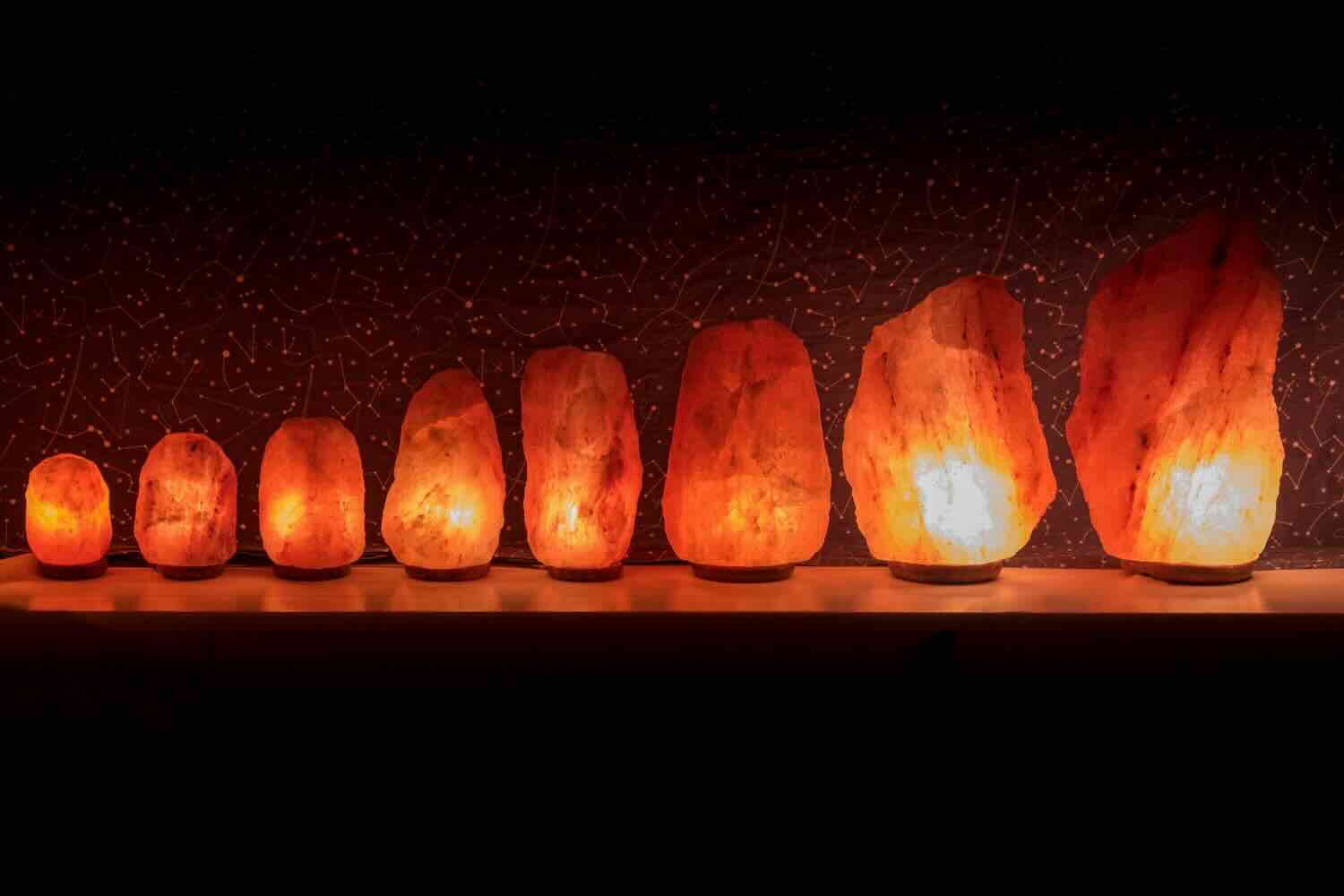

0 thoughts on “How Long Do Meat Birds Need A Heat Lamp”